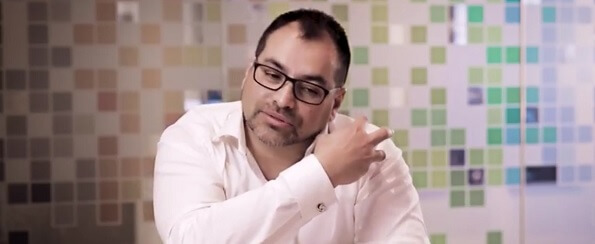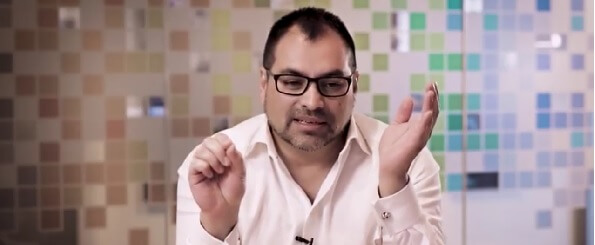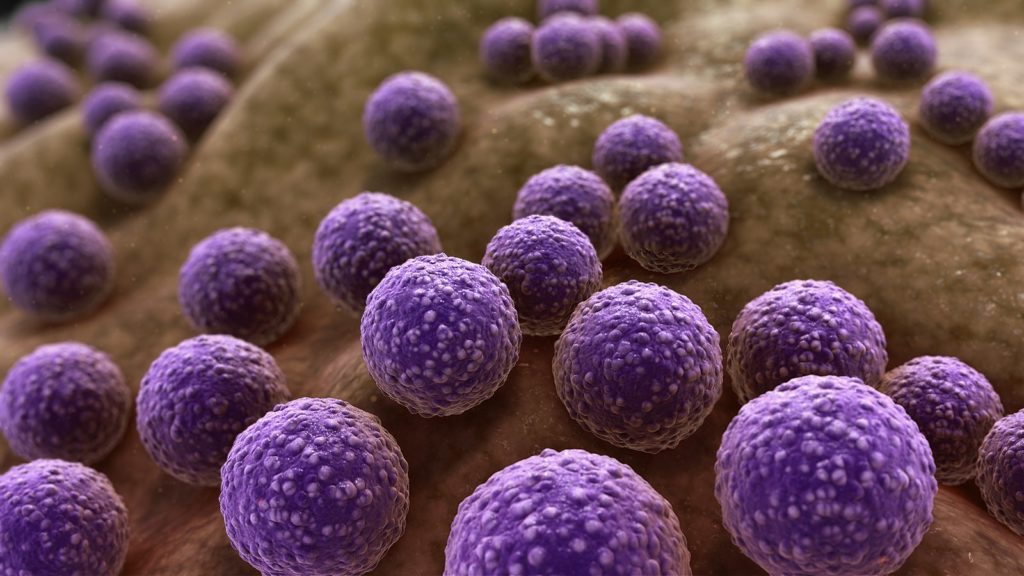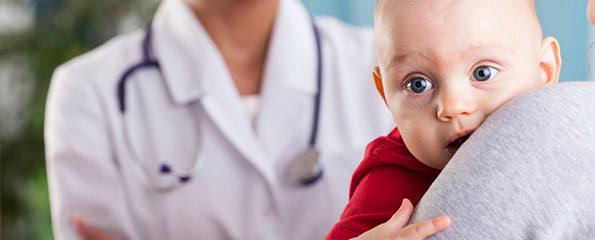Thrush is a fairly common and harmless fungal infection. Dr Joe Kosterich talks about the effects of thrush, and possible treatments and diets to control thrush.
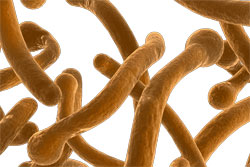 Thrush is one of these conditions that’s fairly common; it’s not particularly harmful and it’s fairly straight forward to treat.
Thrush is one of these conditions that’s fairly common; it’s not particularly harmful and it’s fairly straight forward to treat.
What is thrush? It is a fungal infection that’s caused by a fungus called Candida. You will hear people say how they’ve got Candida, candidiasis, they’ve been infested by this Candida, they’ve been put on strange and restrictive-type diets for this – there are a lot of urban myths. So let’s bring it down to the basics. It is a fungus distantly related to the fungus which causes athlete’s foot. Nobody gets particularly excited about athlete’s foot or goes on special diets for it, and with thrush or Candida, you don’t necessarily need to do that either. It is associated with yeast and we often hear about these yeast-free diets, but we will touch on that later.
Thrush will cause a fungal-type infection. The main area that it will affect in women is the vagina; vaginal thrush is probably the commonest form. Symptoms are typically itchiness and a white discharge. For some women it tends to be cyclical – they may get it when their period is due – and for some there is no relationship. Sometime it comes if one is a little bit stressed and resistance is down, and a lot of women report getting thrush after a course of antibiotics because the antibiotic has knocked out some of the good bacteria and that makes it a bit easier for the thrush to multiply.
Thrush can also occur in the mouth and that’s quite common in babies. One of the consequences of that is that sometimes thrush can occur on the nipples of the mother as well. Men can obviously get it too, typically around the groin or on the penis. So whilst thrush can be sexually transmitted, it is not classed as one of the sexually transmitted infections. Occasionally one can get thrush in the bowel as well.
So if you do have the symptoms – and as we said before, for women it will be a bit itchy with a white discharge and for men, perhaps itchy and a bit of a rash – there are a number of creams that can be used which are available over the counter from the chemist. There are also some internal applications, either pessaries or internal creams, that women can use. Courses will run from either one day up to about 5–6 days depending on the formulation you choose. There are some tablets that can be taken orally for thrush, and they can be single shot tablets or ones that run for slightly longer courses.
For most people if they do get thrush, you can just treat it and that’ll be pretty much the end of the story. For oral thrush, there are drops – and they’re often used for babies – and some gels that be applied in the mouth as well.
For those who do get recurrent thrush, that’s where the oral medications may be more useful. Sometimes a probiotic is helpful and that’s particularly the case if you’ve been on a course of antibiotics and tend to get thrush.
Because the Candida is classed as a yeast fungus, you hear a lot about avoiding yeast and those sorts of foods. Some of the elimination diets are very strict and very severe; they really cut out everything except basically fruits and vegetables. Short term that’s not necessarily unhealthy, but long term it’s not something that people are going to want to stick to. It is a little bit questionable as to whether eliminating all yeast from the diet is going prevent thrush. So no real need to be extreme with these sorts of things; sometimes cutting down on the processed foods is useful and being on a generally healthy diet is good for anything as far as your body and immune system goes.
To sum up, thrush is fairly common, not harmful, and very straight forward to treat. As we touched on, there are some topical applications, creams, pessaries that can be used; oral drops and some tablets in some instances as well. A probiotic, particularly if you have been on a course of antibiotics, and sometimes some dietary adjustments are helpful, but really, make sure you’re on a healthy diet and drinking lots of water.
More information
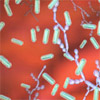 |
For more information on thrush, including common symptoms, treatment options and some useful videos, see Thrush (Candidiasis). |
All content and media on the HealthEngine Blog is created and published online for informational purposes only. It is not intended to be a substitute for professional medical advice and should not be relied on as health or personal advice. Always seek the guidance of your doctor or other qualified health professional with any questions you may have regarding your health or a medical condition. Never disregard the advice of a medical professional, or delay in seeking it because of something you have read on this Website. If you think you may have a medical emergency, call your doctor, go to the nearest hospital emergency department, or call the emergency services immediately.


